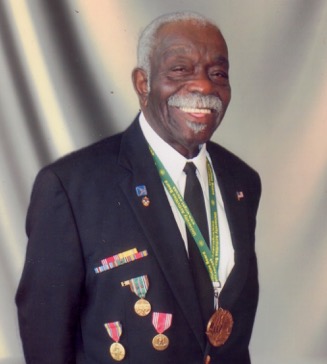My 89-year-old mother and I attended our local Alzheimer’s Association Science Night Community Dinner in Dayton, Ohio.
She has dementia. One of the presentations highlighted the first Bob and Diane Fund international grant for visual storytelling about Alzheimer’s and dementia. The featured winner of the contest was Swedish photographer Maja Daniels “for her long-term project Into Oblivion, which documents life inside one of France’s geriatric hospitals. There, patients with Alzheimer’s are confined within a particular ward, with a locked door separating the occupants from the rest of the hospitals.”
According to a Time Magazine article by Olivier Laurent, Daniels photographed that door hoping that the tender anguished images of the ward’s occupants would “force a rethink of our institutionalized, modern way of living” and to question certain care policies, “such as the use of confinement as an aspect of care, by seeing the effects that can have on somebody’s life.”
My mind went back to my step-father, a retired Chicago police officer and proud Tuskegee Airman, who had a diagnosis that ranged from vascular dementia to Alzheimer’s. On a cold wintery day, he made a “getaway attempt,” leaving his home in Ohio, improperly dressed for the elements, on a motorized scooter with the goal of going back to his beloved Chicago. This prompted a village-wide search that involved local police and the sheriff’s department, included a bus trip alone to Chicago destined for a dangerous part of town, and incurred boatloads of prayer. Much to our relief and gratitude to God, he was found safe and sound. A dear mentor’s story, also filled with anguished searching and prayer, had a different ending. Her father, who had Alzheimer’s, wandered from a special care home and froze to death in a nearby forest.
At its inception, the memory care unit and the locked door were compassionate responses to the difficult problem of wandering, which compels many people with Alzheimer’s. Born out of desperate situations like those described above, these methods were the product of years of research and good intentions. Nevertheless, Daniels’ haunting photos illustrate the urgent need for ongoing research and evaluation that address the use of confinement as an aspect of care. The anguished people in Daniels’ pictures are not freezing to death; yet, their struggle for dignity and hope are quite real.
My step-father entered a state-of-the-art locked memory care unit in an assisted-living facility. It had lots of space for walking inside, high ceilings with streaming natural light, private rooms and good food, an enclosed porch and outdoor walking area, memory prop boxes, and specialized music, video and other stimulating therapies for cognitive exercise. What was my step-father’s take on it before he passed? He described it as “a gilded cage.”
In the January 2017 issue of Caring for the Ages, the official magazine of the AMDA – The Society for Post-Acute and Long-Term Care Medicine, Joanne Kaldy wrote an article titled, “Roam if You Want to: Unlocking Doors for Patients with Dementia.” She featured the work of G. Allen Power, MD, the author of Dementia Beyond Drugs: Changing the Culture of Care and Dementia Beyond Disease: Enhancing Well-Being. In response to disguising or locking doors to keep people from leaving, Kaldy quotes Power as saying, “We need to figure out why they want to leave, and we need to think about the needs we’re not meeting. . .We need to do a better job of balancing safety and resident rights.”
There is ongoing research into safe residential environments that balance personal choice for people with dementia. Per Kaldy, Dr. Power “pointed to the Green House Project at St. John’s Living in New York. This is a place where people largely don’t try to leave anymore. Staff know the residents and their rhythms. They take them for walks, to the grocery store, and to local places of interest. When you do these kinds of things, people don’t have the urge to get away.”
As my mother said while pondering the kind intentions of caregivers, “We’re still here. We need people’s help; but, we need people to realize that we still have something to give.”
Gilded cage or opportunity for change? One can lead to the other. Our family is grateful for the “gilded cage,” the research and the labor of love it took to reach that point. Yet, it was heart-wrenching to witness the gradual loss of hope that was somehow epitomized, fairly or unfairly, by a locked door.
The Green House Project, and others like it, take good intentions to another level. It is this continued commitment to evidenced-based research, and collaboration with residents and families that will help navigate gnarly situations and decisions to the better, encouraged through the grace of God.
– Karen Y. Durgans, Community Engagement Consultant
Above photo: author’s step-father, Edward V. Willett
